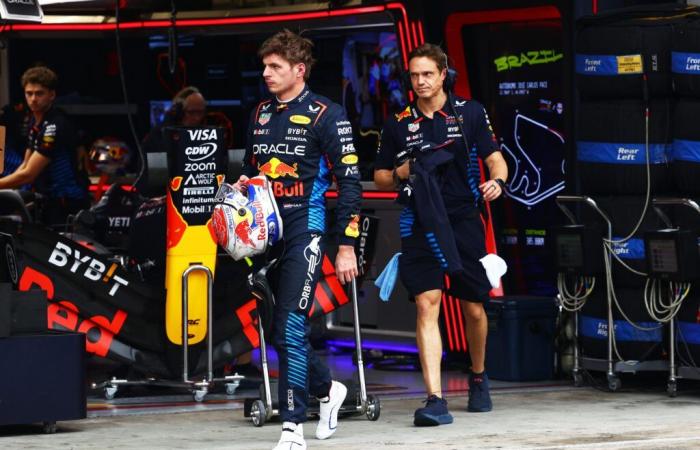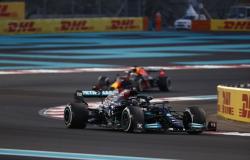
The intersection of Formula 1 and NASCAR, two motorsport giants, has long intrigued fans, with many wondering if Formula 1 could adopt some of the iconic elements of NASCAR, such as oval racing. However, reigning Formula 1 world champion Max Verstappen has made his opposition to the idea clear, ending any speculation about adding ovals to the F1 calendar.
When asked if Formula 1 could incorporate oval circuits, Verstappen did not mince his words. His response was as sharp as his conduct:
“On an F1 calendar? No, no, not for me. I like to do it for fun, online, but not in real life. IndyCar, NASCAR—I like to watch them, but not drive them myself.”
Verstappen's stance reflects his preference for the technical complexity and diverse challenges offered by traditional Formula 1 circuits. Although the Dutchman admitted to enjoying oval circuits in simulators and online racing, he firmly drew the line at the competition in real life.
A Clear Division Between NASCAR and F1
The debate over merging elements of NASCAR and Formula 1 has gained momentum in recent years, especially as Liberty Media—the American group that owns F1—works to broaden the sport's popularity in the United States. United. NASCAR, with its local appeal and intense oval racing, has a devoted fan base, particularly in North America, while Formula 1 continues to grow its audience globally.
Despite their different formats, the idea of merging certain aspects of the two sports has intrigued some fans. Verstappen, however, sees the two disciplines as fundamentally different. His comments were made amid ongoing discussions comparing his Formula 1 dominance to NASCAR champions, a comparison he respectfully dismissed:
“Both drivers are good at their respective sports,” Verstappen said, choosing to avoid a direct comparison.
A nod to the fast corners of Mugello
Although Verstappen vetoed the oval race, he supported another circuit: Mugello. The Italian circuit, known for its fast, flowing corners, hosted an F1 race during the disrupted 2020 season and left a lasting impression on the Red Bull ace.
“Mugello. Fast turns. Just smooth tracks. So not too many low speed sections, with stops and starts, just smooth, fast turns,” Verstappen said, emphasizing his preference for circuits with pace that tests the driver's skills and the car's performance.
The Dutchman's desire for more fast, flowing circuits underlines his passion for tracks that challenge the limits of both driver and machine, rather than the repetitive corners of oval racing.
American expansion of F1 without ovals
The rise in popularity of Formula 1 in the United States—fueled by Drive to Survive of Netflix and the addition of high-profile races like the Miami and Las Vegas Grands Prix—has sparked discussions about further Americanization of the sport. Yet, as Verstappen's comments suggest, a move to oval circuits is unlikely.
While NASCAR thrives on its quintessentially American appeal and thrilling oval circuits, Formula 1's identity is based on its diversity of circuits, from street tracks like Monaco to historic venues like Silverstone. The logistical and technical demands of oval racing would also pose challenges for F1 cars, designed for complex layouts with many turns.
The Verdict
Max Verstappen's outspoken rejection of ovals in the F1 calendar reaffirms the sport's commitment to its roots. While NASCAR and Formula 1 continue to captivate millions with their distinct styles, the current F1 champion has made it clear: he is not ready to trade the complexities of Suzuka, Spa or Monza for the banked corners of Daytona or Talladega.
As Formula 1's presence in America grows, Verstappen's preference for smooth, technical circuits like Mugello offers a roadmap for preserving the sport's identity while exploring new horizons. For now, it appears F1 fans will be able to enjoy the ovals from the stands—or the simulator—rather than as an essential part of the Grand Prix calendar.





